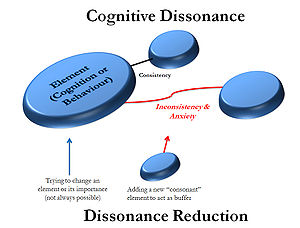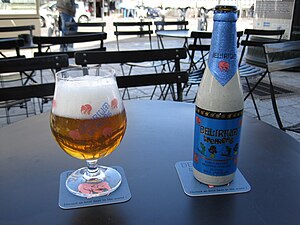Childhood ADHD or attention deficit hyperactive disorder is one of the commonest causes of childhood learning disability. Therefore, early diagnosis and treatment is essential for better outcome.
Parents need to identify some of the salient features, therefore they can refer the child to a proper channel.
How to diagnose ADHD?
To get a accurate diagnosis, the doctor need to have good experience in child psychiatry. However, some symptoms point towards ADHD. In addition, most of the children in the age of 4 –5 are quite active and therefore diagnosis can be missed.
1. Short attention span. Most children with ADHD cannot concentrate on one task for more than 5 –10 minutes. They will shift their attention from one topic to another in very quick succession. e.g. after 2 –3 minutes of drawing a picture, they may start to ride a bicycle, after 4 –5 minutes they may again play with clay. However, most children in ages of 4 – 5 normal attention span is around 15 - 20 mins.
 2. Doing dangerous things to themselves can be a another diagnostic factor. Children around 3 – 5 years generally know what is dangerous and what is not. However, ADHD children in that age may try to harm themselves by recklessness. They may climb trees without thinking about their safety or try to jump here and there in road.
2. Doing dangerous things to themselves can be a another diagnostic factor. Children around 3 – 5 years generally know what is dangerous and what is not. However, ADHD children in that age may try to harm themselves by recklessness. They may climb trees without thinking about their safety or try to jump here and there in road. How ADHD affects childs life?
How to treat it?
Children with confirmed diagnosis can be effectively treated with medications. In addition, they need special schools and specially trained teachers. Most children with ADHD can become normal after proper treatment.
What are the medications used in ADHD?
1. Different types of medication used in ADHD
Side effects of drugs used for ADHD
1. Side effects of Ritalin
2. Side effects of Concerta
3. Side effects of Vyvanse












